Are you making art to impress or to express ?
May 14, 2018 2019-02-06 11:31Are you making art to impress or to express ?
Once in a while you stumble upon a book where reading is almost like listening to your own voice, only more elegantly formulated and without an accent:)
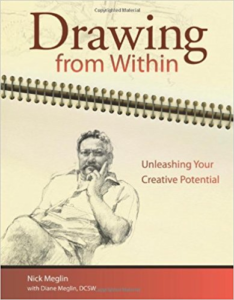
I recently read Nick Meglin “Drawing from within” and found it one of the best book on drawing I had ever read.
It is not a book that teaches techniques and how to’s because as the author says : “The drawing surface has been and always will be where the artist’s real education takes place. So if it’s learning you’re after, close this book and open to the pages that will really teach you what you want to know. Your own sketchbook.
This is a belief I strongly share. If you want to learn how to get better at drawing and painting, reading books and taking classes will help but what will ultimately make the most difference is the time you spend practicing.
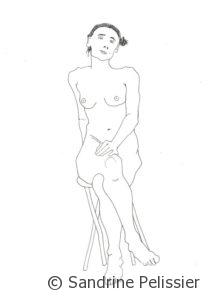
Another passage in the book resonated with me. Nick Meglin writes: “Earlier we discussed that a valuable choice to make is selecting “
I can see that in the past I have made some paintings to impress. From other artists, I often see beautiful paintings and drawings that are showing an evident display of impressive technical skills. Often these are works that are based on pictures or life models and where the artist try to be very detailed and as close to reality as possible. This always struck me as a double edged sword: The more skilled you become, the closer to a picture or reality your work becomes , the less of you I can see in your work. In theory, a group of highly skilled realistic artists drawing the same person would end up with very similar drawings.
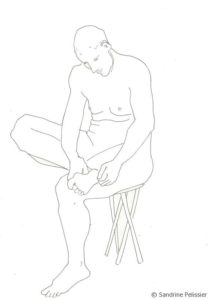
So maybe it is our “flaws” or distortions that are making us unique, they are our emotional reaction to what we see. They show what is important to us, what we chose to edit out and what we chose to keep, what we chose to accentuate and what we chose to omit. After all, isn’t our own interpretation, vision or reaction to the world what adds value to what an artist is sharing ?
I see how painting or drawing to “impress” can be tempting, it is a sure way to get a positive reaction from viewers. It is easy to understand, not controversial and will probably look good on a wall. “Oh my gosh, this is a painting and not a picture!” is usually seen as a very positive compliment, but then why making a painting that will look like a picture? Is a work of art more interesting when it reproduces or when it interprets reality?
I value self expression in art for many reasons, including the selfish fact that it is more satisfactory for me to make art this way. I also hope it is more satisfactory for the viewers. I am always amazed that in our life drawing group 18 artists drawing the same model end up with 18 very different drawings. They might not all be totally accurate drawings but it is almost magical to see 18 different visions and interpretations of the same subject being so unique.


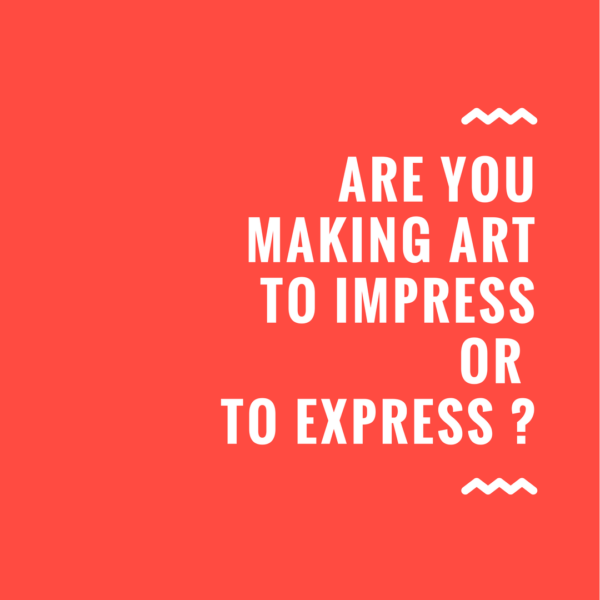

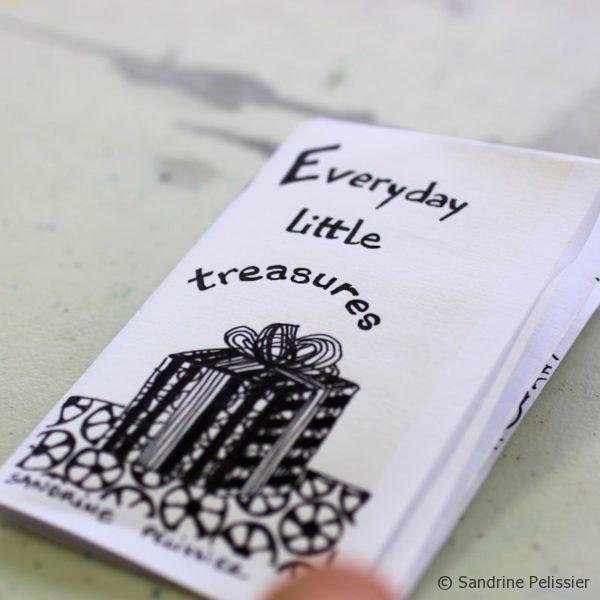
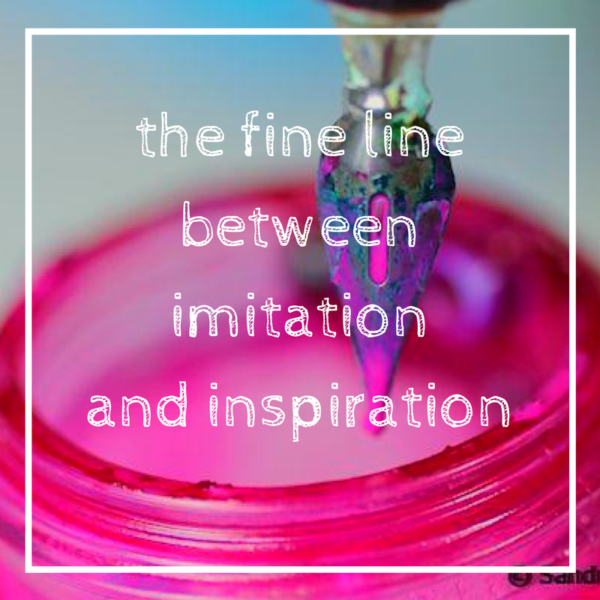
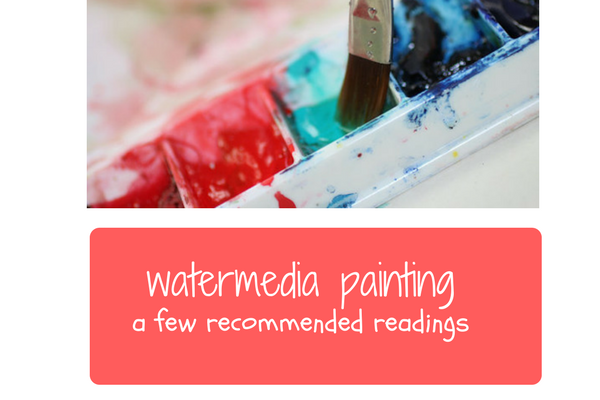
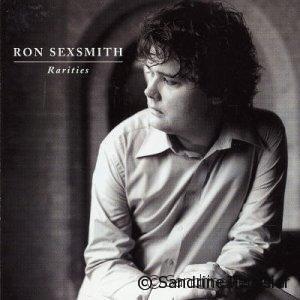

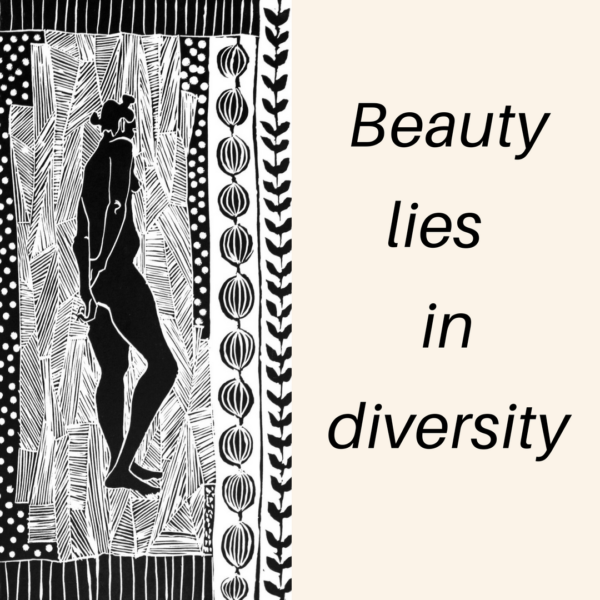

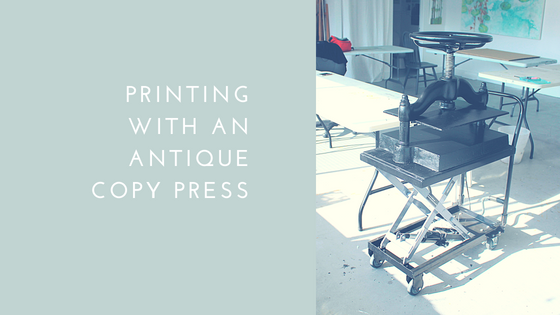
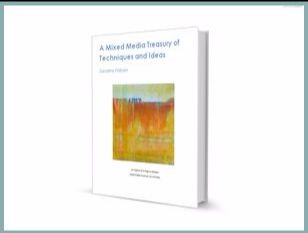

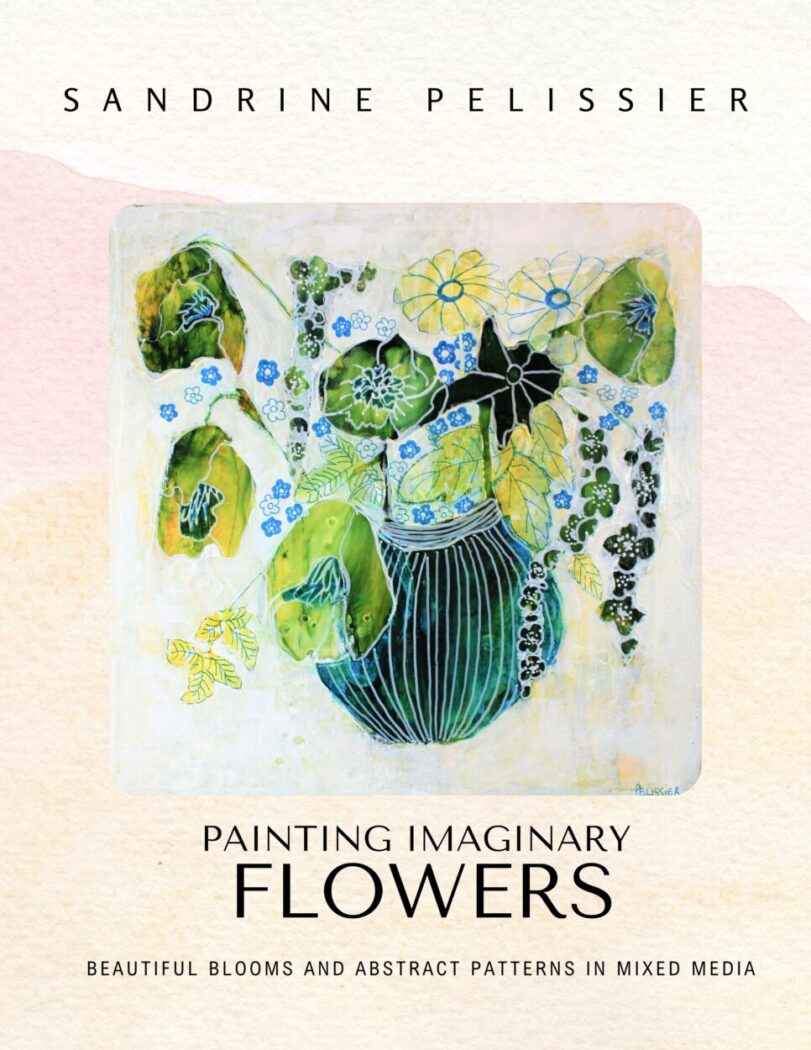
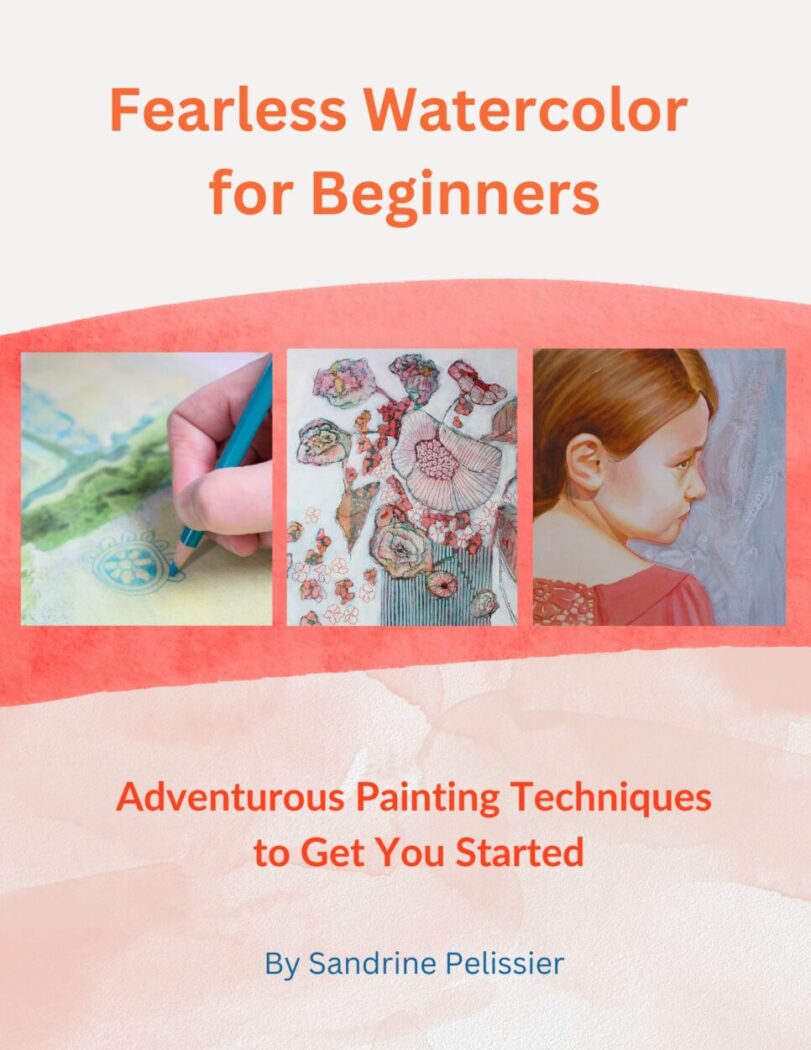

Comments (11)
Aislinn Graves
Thank you so much. This has changed my perspective on my art goals and how I view my progress on my art journey.
In the past I have gotten so frustrated when I couldn’t make something look “right” . No more! Yes, I still have much to learn and many skills to improve, but perfection is a bad goal to have. It is unattainable and would wipe out what makes me uniquely me.
Thank you for helping me see that and to see the value in what I create and express now, in this moment.
Sandrine
Thanks Aislinn for your nice comments, I wish you all the best in your art journey 🙂
Eva
This is very timely for me as I made my living as an artist and had to paint what my clients wanted which was not always my truth. I have been so conditioned to please others with my art that it is almost impossible for me to paint for myself. Steven Aimone also teaches people to let go of that. I need to practice yours and his advice.. https://youtu.be/4NABOH1JwAE
Sandrine
Thanks so much for sharing Eva, this looks like so much fun ! I want to try it 🙂
I think it is true that we think too much about :”is it the right way to do it” “Will people like it ?” , his exercises are very liberating and joyful 🙂
Eva
Glad you found Steve’s video helpful. I have an iPad and I do a lot of his techniques using Procreate. Very freeing and just for me plus no waste of materials.
Jacqueline Mitton
Here are my notes from words spoken from the beginning of a landscape course I was on – the artist made me feel free to express rather than try to reproduce
*truth is within us and the work we produce
*The landscape is always changing, if you want to capture a moment in time, take a photo . Trying to copy a truth out there on canvas will lead to disappointment. – but then some people like to be permanently disappointed in their work!
*success: make it up/insight/intuition/skills/emotional intelligence
*dance closely with nature
*Develop your unique language:
There is often connection between your language and the way you live – your home/your clothers etc. A disconnect it is a chance to question yourself. Why? Where is my truth?
Sandrine
Thanks Jacqueline ! I really like the idea of the connection between language- visual language and the way you live. I have been thinking about this with my drawing style that is very direct and simple and the fact that English is not my first language so may main concern is always to be well understood.
Stephanie Tremblay
Thank you for the words. I’m often speachless (and frankly insulted and a bit sad) when people hint that my work isn’t real art, probably because I express more than impress. I will now (if appropriate) kindly remind them that my interpretation isn’t perfect (and still needs to improve) but it’s unique.
Sandrine
Thanks Stephanie, I would not give any importance to people telling you that your art is not real art. On top of the fact that they are being quite rude, Art in itself is quite challenging to define and real art, even more, if such a thing exist. You can also tell them that you are very brave to share your unique vision with the world and that if they don’t like it, they can just pass their way, no one asked them for their opinion.
Marjanne
A thought provoking article! I often have the impression that my ‘flaws’ are not because of choices I make, but because I don’t know how to do better or differently. And when you have the technical skills you can make more conscious choices. So I don’t totally agree with you. That said I prefere work that is not totally photorealistic. In my own work I am often impressing myself. I’m not a natural talent and started making art in my 40s. I’m often still like ‘did I do that?’ Of course that is nice, but I noticed that I commonly go for the ‘nice image’ that though not photorealistic, looks rather realistic. I don’t even notice it during the process. It was pointed out to me by a friend that distorted or less realistic work is more interesting. So now I”m struggling to decide what I want with my art. It’s a bit the opposite of what you mentioned.
Also there is the (theoretical) thing of selling art. Do you make art that gets you money to live or continue to do what you like or do you (only) follow you own ideas that may not be sellable?
As you can see, you article stirred up a lot 🙂
A last thing I noticed (and I’m the same myself) is that we often like those books, films, etc. the most that reflect our own thought or things that we know already. Interesting.
Sandrine Pelissier
Interesting comments, thanks Majanne.
I am glad my article stirred up a lot as you said. It is great that you are thinking about what you want to do with your art considering your own benefit (do what you like) and the marketing potential (what customers will like). I agree with your friend that art that is not completely realistic is more interesting, at least it is more unique. And when it comes to selling , I think it is easier to sell a unique perspective than something more generic, as long as there can be aa emotional connection between that unique perspective and the buyer.
I would also like to clarify that when I say painting to express and embracing our own flaws, I mean that as an intentional choice and not as an accident or lack of skills, having that choice makes all the difference in my eyes.